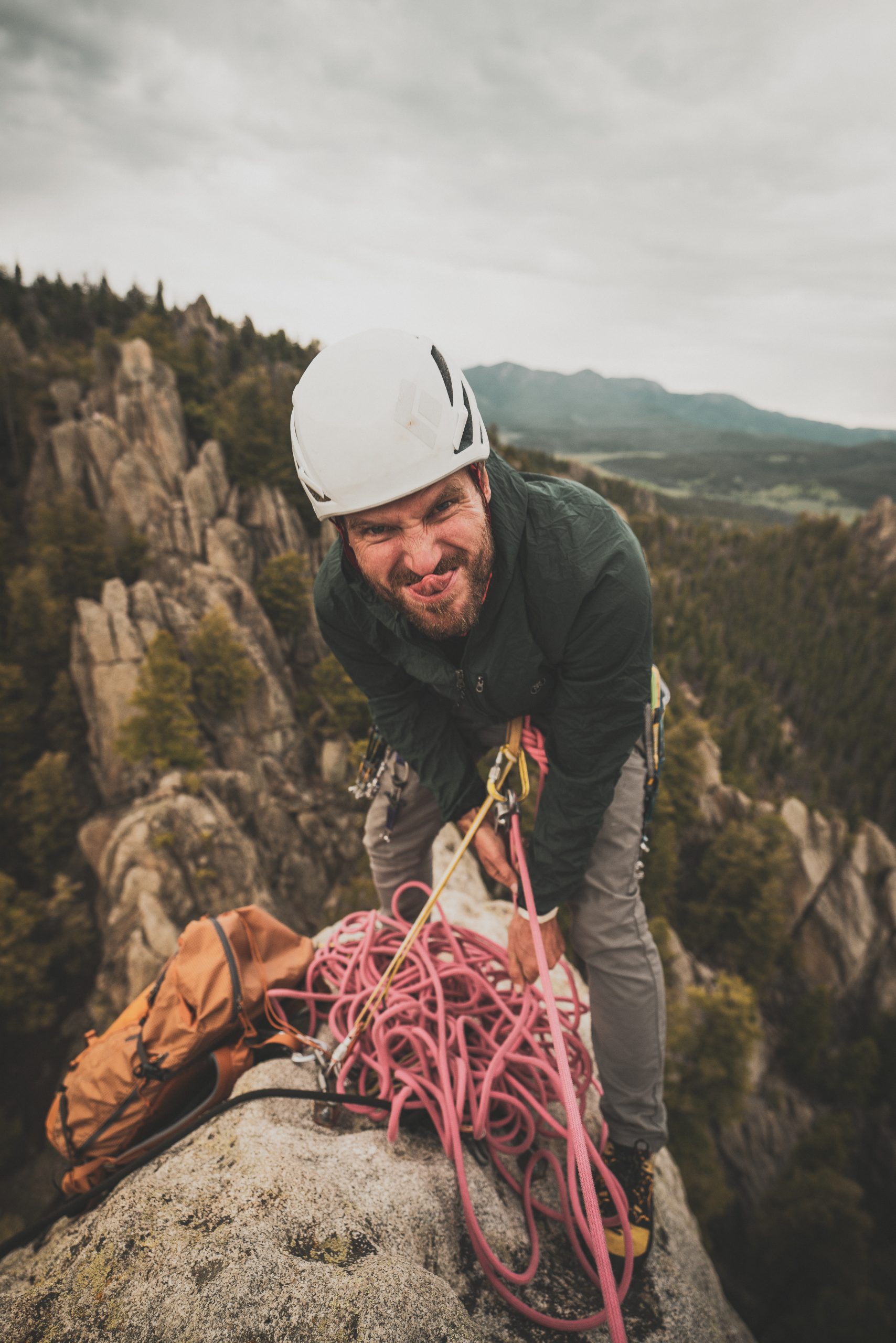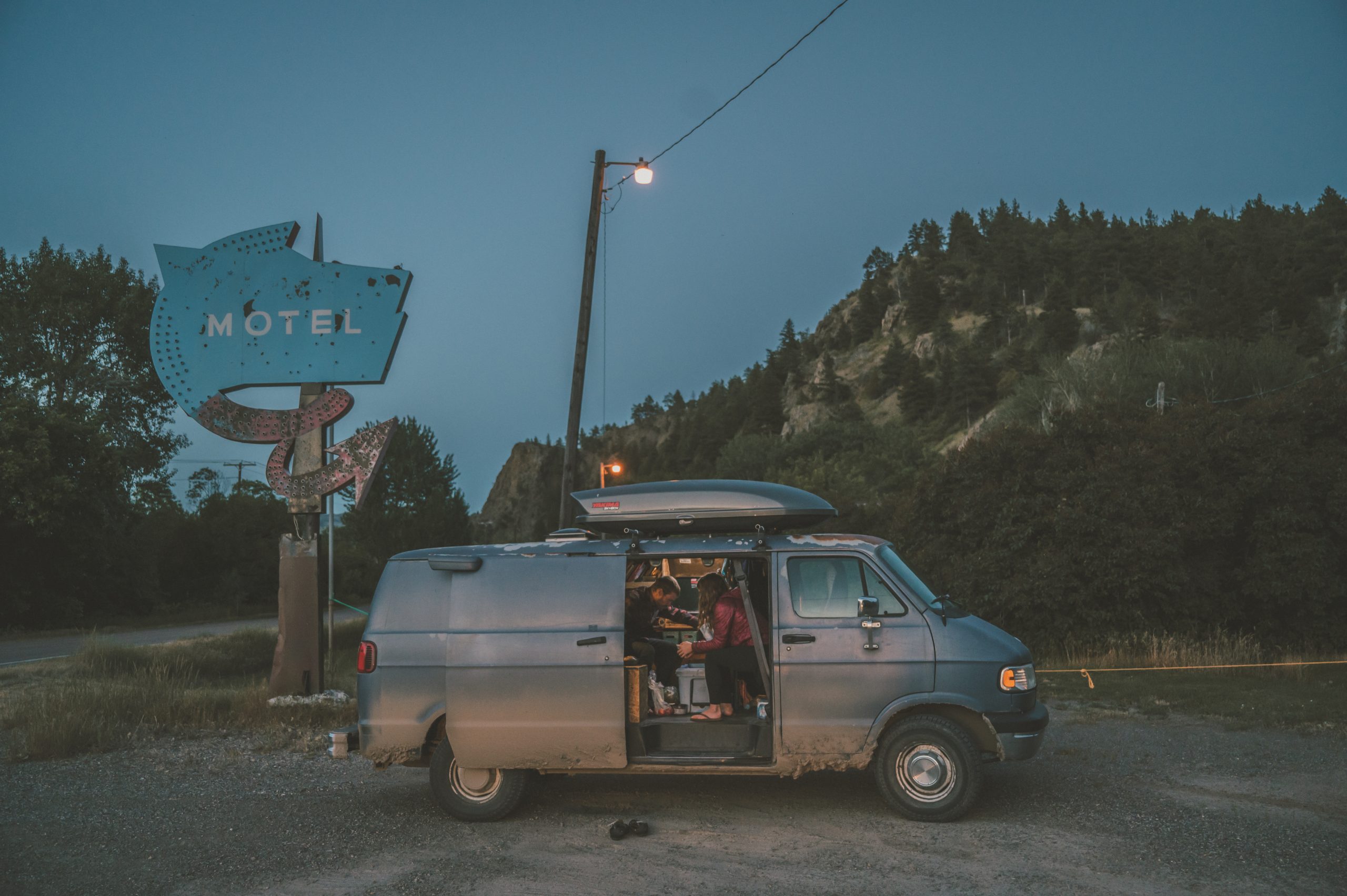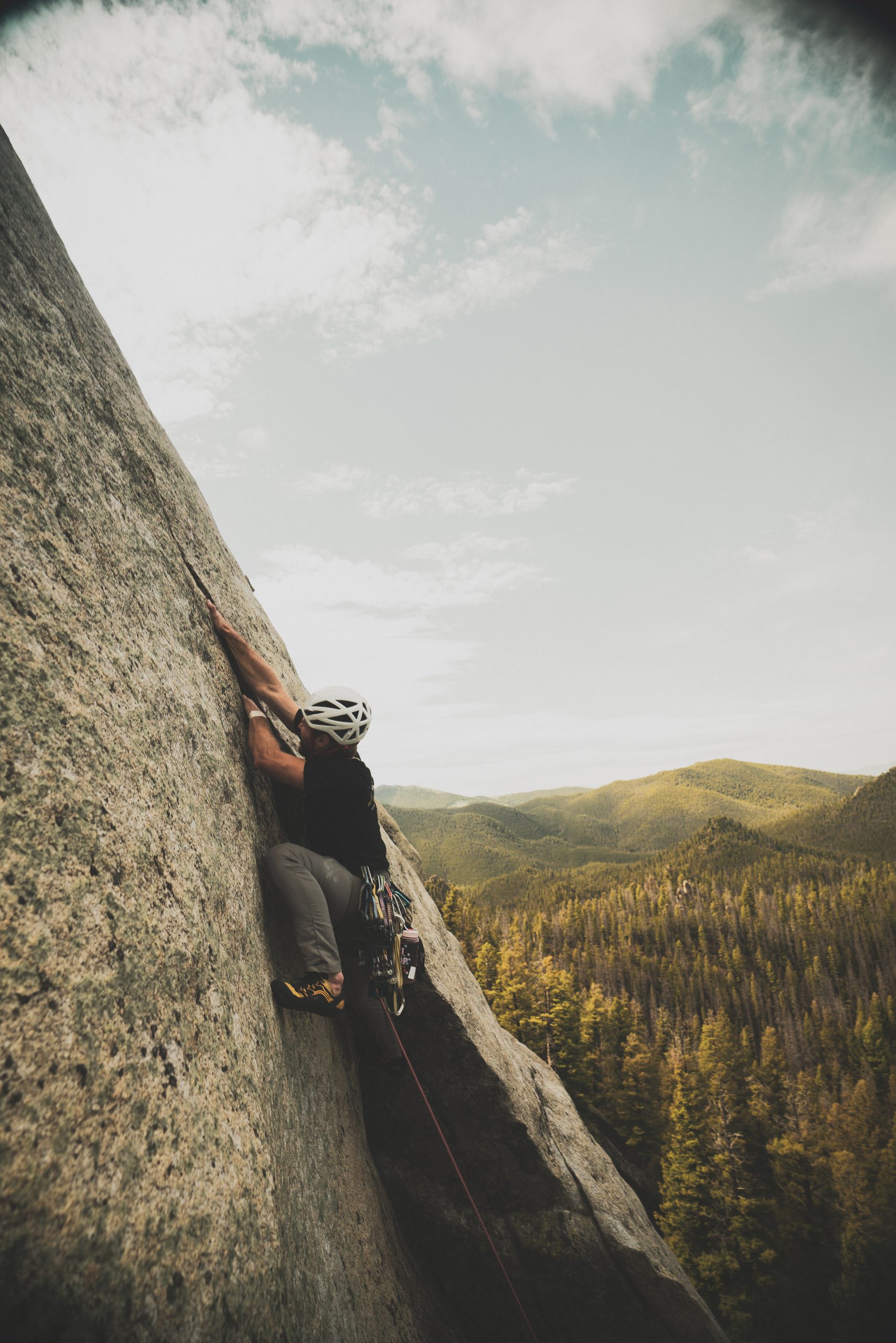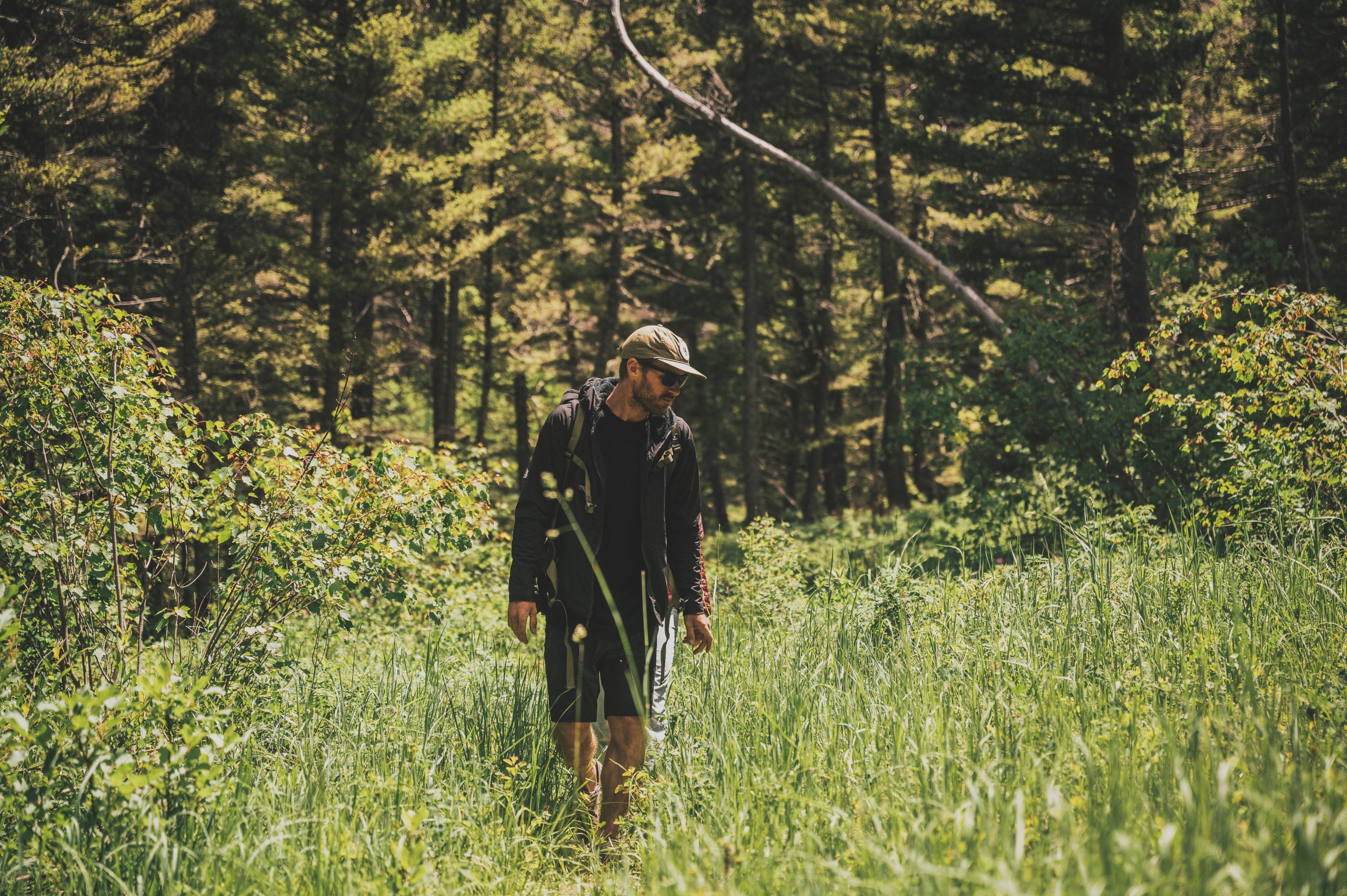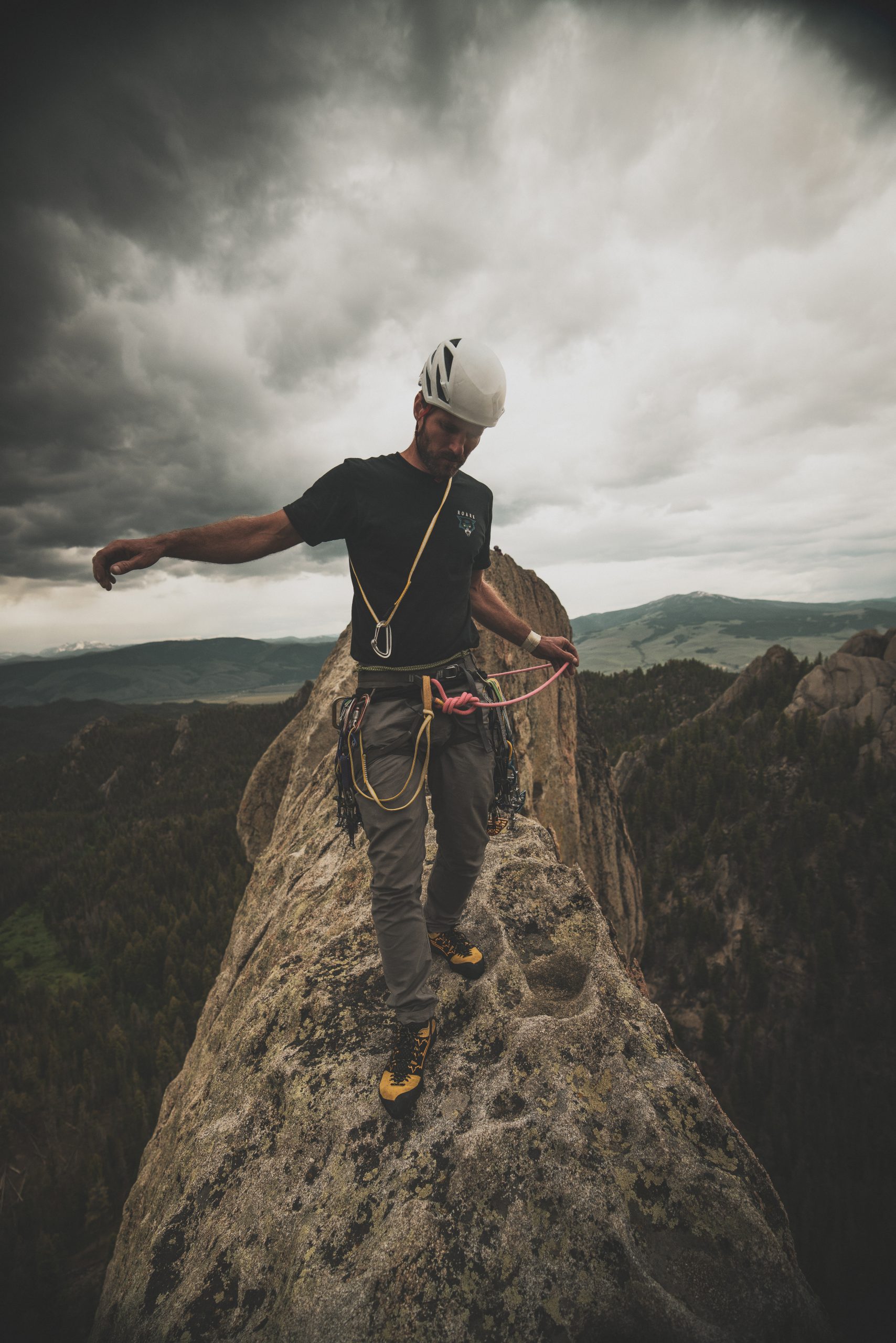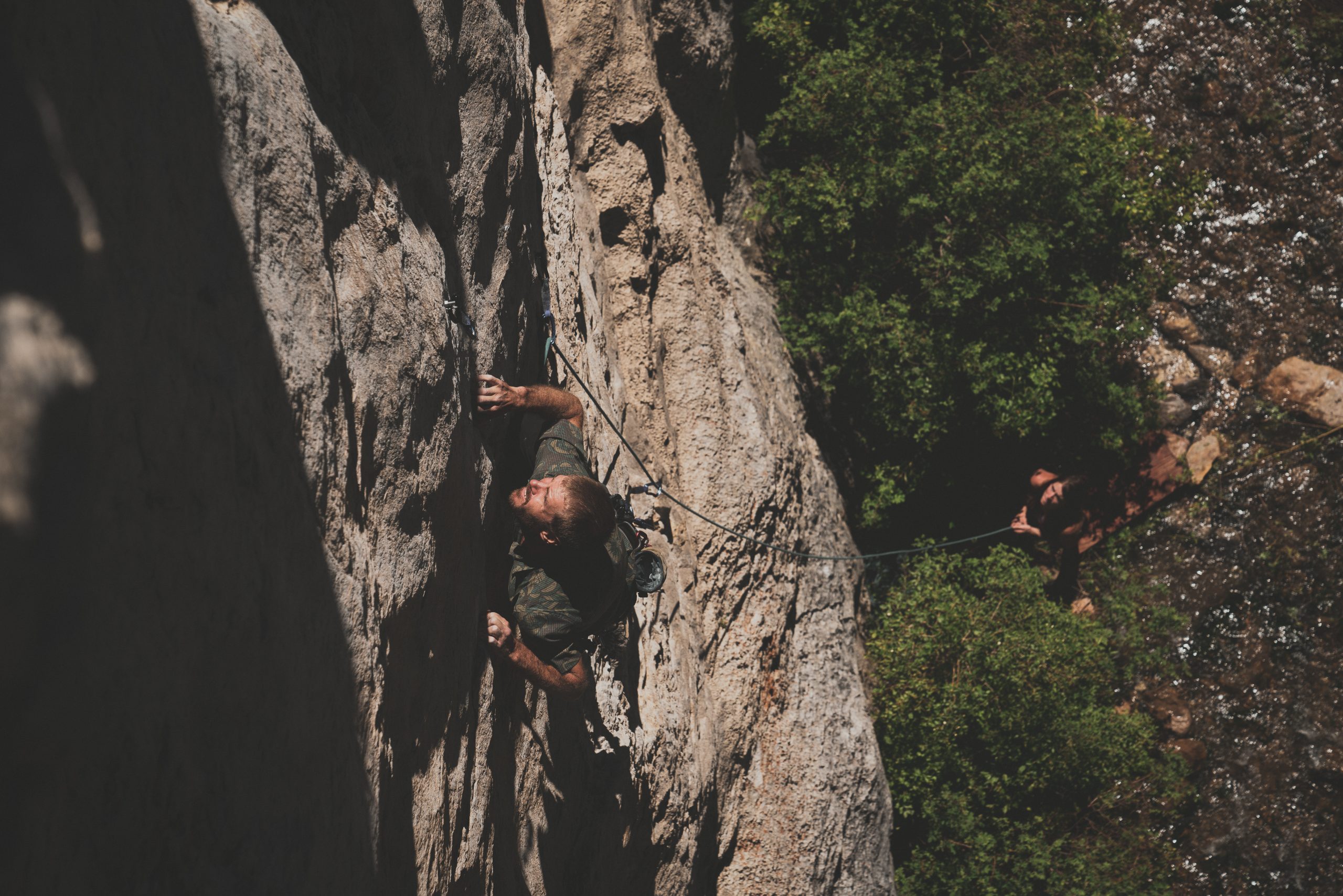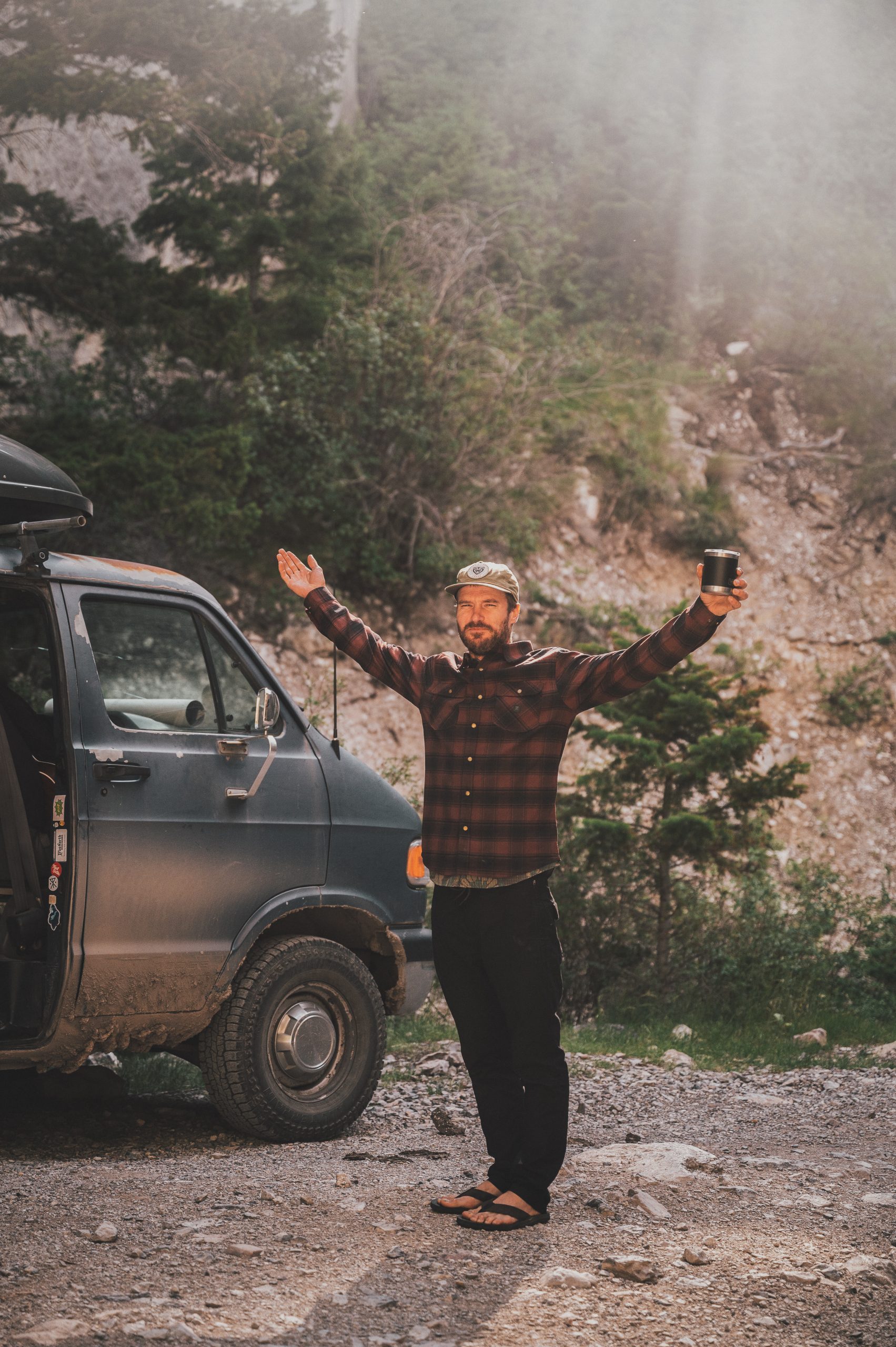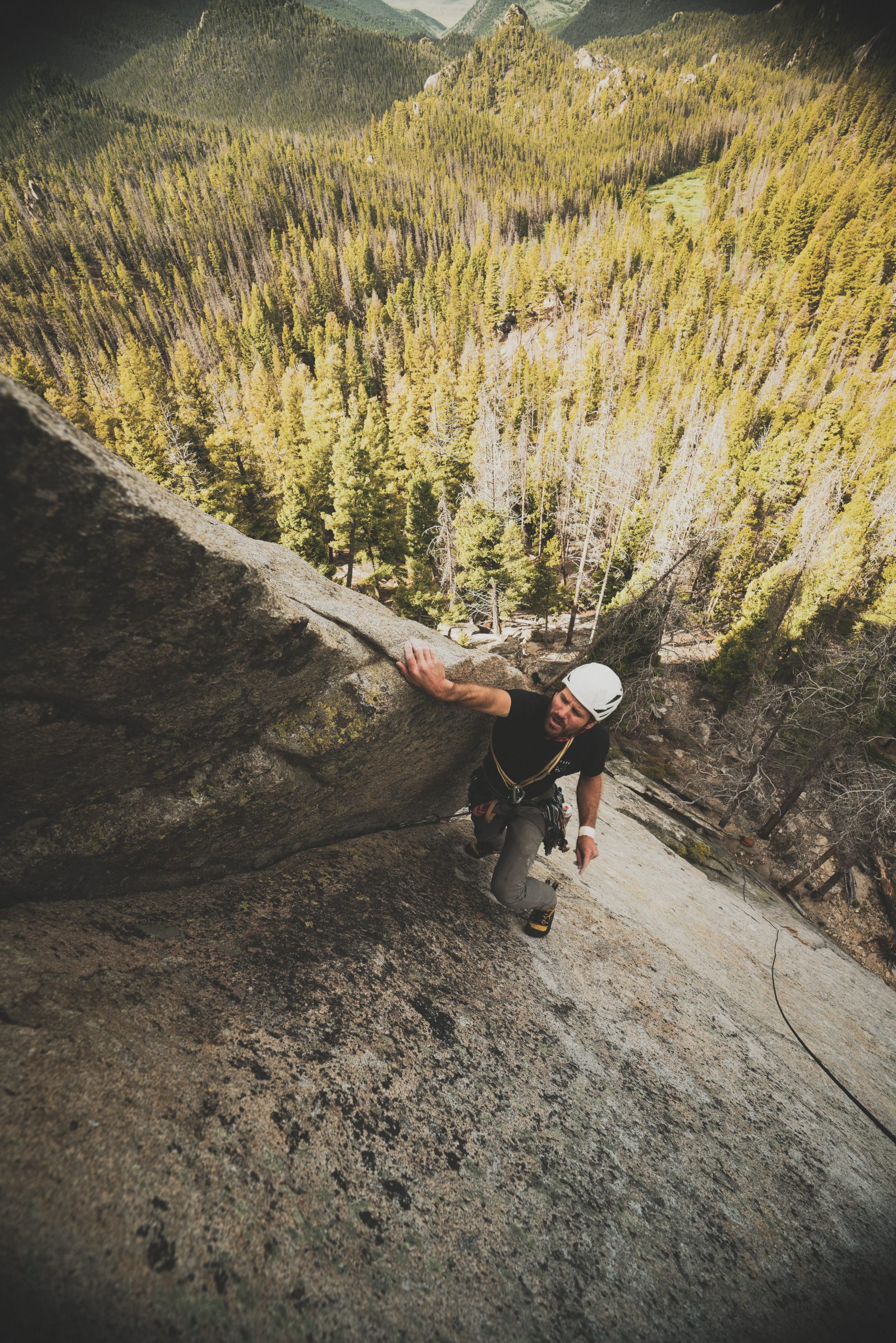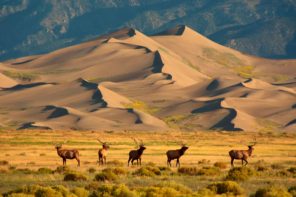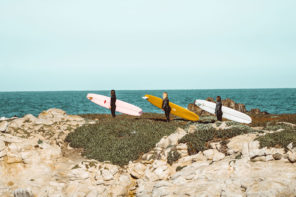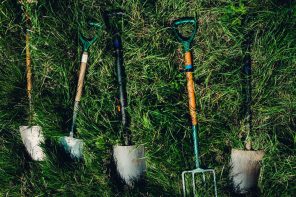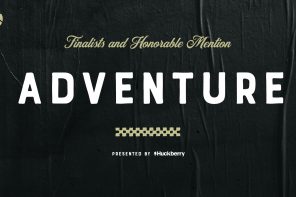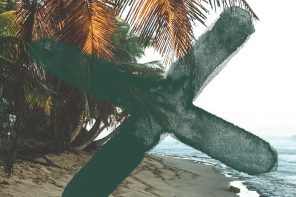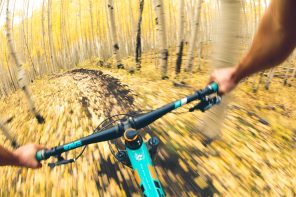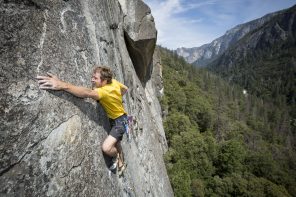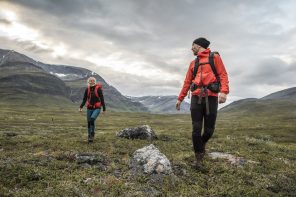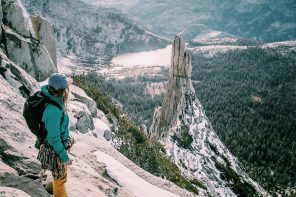Photos by Dylan Gordon
Getting Comfortable with Being Uncomfortable
Hailing from Montana, and currently in Salt Lake City, Utah, Drew Smith is no stranger to being on the move and looking for the next adventure. As a photographer and climber, Drew has traveled the globe showcasing his unique perspective on the thrill of climbing, sharing that feeling with others, the importance of being present in those special moments while enjoying a little bit of discomfort here and there.
Now in front of the lens, Drew shares his journey with climbing, photography, and just life in general in the new short film A Young Man’s Road directed by Dylan Gordon. Recently we sat down with Drew to talk about the film, his passion for climbing and photography, working on a commercial fishing boat in Alaska, and the importance of the little things in life.
So your new project is out in the world opening a little window into your life. How did this project come together?
So me and Dylan, the director, we’ve been friends forever. He pitched me about doing these projects that follow people he’s inspired by and their lifestyle. Dylan reached out to me about doing it and it happened pretty organically. I was currently in Montana at the time and he traveled out here with a crew and followed me and my girlfriend for a week. We got to show him all my hometown zones which was really cool. Dylan also was able to get Matt Costa to score the film. I’ve been a huge fan of his work since I was 17 and music has really inspired me over the years. Also, my Dad got involved and wrote the main song, A Young Man’s Road, which is one of the elements that you don’t know but really made the whole project super special.
Where are you in the world right now?
Right now I’m in Salt Lake City, Utah
How long have you been on the road?
About 15 years. I haven’t spent over 6 months in one spot during my time on the road.
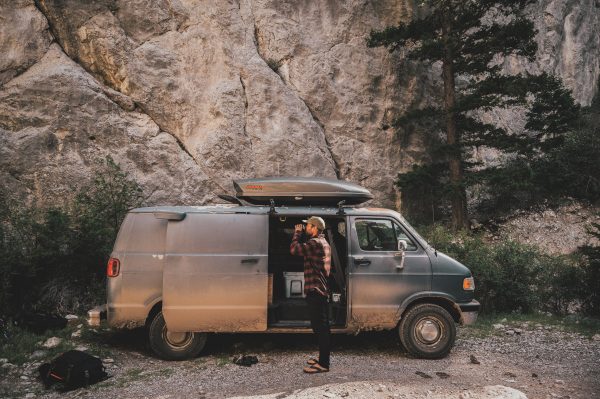
How were you introduced to climbing?
I was 23 when I started climbing. I grew up really into snowboarding and when I was 23, I was living in Jackson Hole operating a snowcat at the resort and snowboarding every day. I got into a bad accident where I broke my back for the second time. I ended up being in Jackson Hole recovering into the summer working at a gear shop there. There were a bunch of climbers in the area and they slowly started taking me out. Climbing is one of those sports when you first start doing it, you really see your progress. From week to week, I was really getting better and not getting injured. With snowboarding, I was always getting injured. When I was climbing, I wasn’t getting hurt and was like “This is awesome.”
When did you really get hooked?
After climbing for about two months, I bought a one-way ticket to South America and linked up with some local climbers in Ecuador when I was traveling around. They kind of took me under their wing and ended up staying down there for about six months climbing every day. I liked the people and the lifestyle and I felt like I met a community that understood me and I understood them. I think a lot of those elements, seeing my progression, the people, the places it took me, really hooked me and I haven’t stopped climbing since. We all need something to escape to and climbing was something that calmed me down and gave me some kind of purpose.
Go-to on the road or mid-climb meal?
When I’m on the road my go-to would be definitely veggies fried up with quinoa, eggs, and tofu wrapped up in a burrito. I’m a big breakfast guy so that gets me going for the day. For climbing, you can only bring so much so basically shove a bunch of bars in my pocket to maintain my calorie count and I’m good.
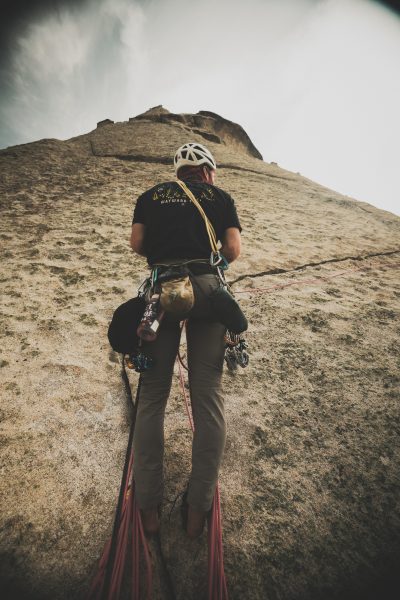
What was working on a commercial fishing boat in Alaska like?
I worked on fishing boats in Alaska from when I was 20-23 years old. I would work up there for about three months and save enough money to travel for the rest of the year. It also depended on season to season. Every year I was with a different crew and two of the years were really good filled with adventure and awesome people. There were long days, but at that age I loved it and it was a rush. My last season, I was the only guy that wasn’t Alaskan and also wasn’t family and it was horrible. Safe to say they weren’t the nicest to me. I worked my way up the past two seasons and my third season I was making good money but there was a lot of ego involved. I remember I waved at this other boat and the crew yelled at me and were like “Don’t fucking wave at those guys.” That last season was a pretty gnarly experience.
Did your experience working on that boat push you to find your love for climbing?
I don’t think so. It was just a job and I worked so many different jobs to find something that I liked and commercial fishing fulfilled the adventure and excitement I was looking for at that time.
Make goosebumps last as long as you can and take advantage of cheap thrills
When you first started documenting your travels, you mentioned that all you wanted was to have your camera with you. What was your experience and relationship with photography prior?
I don’t know if all kids are like this, but growing up I usually had a throw-away camera and always liked taking pictures of me and my friends doing dumb shit. When I was 24 or 25, just starting to go on these climbing trips, one of my older brothers went to school for photography and was like “You’re doing all this rad stuff, you should take a nicer camera and start documenting these experiences.” So he gave me one of his old cameras and gave me a crash course. Every week he would check in and really pressured me to keep shooting. I never thought I would sell any photos or anything but just enjoyed taking pictures. I’m very close with both of my brothers and in a way wanted to make them both proud.
Love that. When did you start to focus on turning photography from something you enjoyed into a job?
I think I sold an image to a magazine and got like $200 for it and was psyched. Then I sold another for a little more money and was like “If I can sell one photo a month, I wouldn’t have to work any other jobs.” Then I just started putting more effort into submitting to magazines and getting contacts.
Do you mainly shoot digital or film?
It’s been mainly digital for me.
Is film something in the future you would like to pick up and create a new “challenge” for yourself?
For sure. Dylan Gordon shoots a lot on film and Jeff Johnson and both of those guys I really look up to as photographers. If you’re shooting with film and you get a banger shot, that image means more and is super fulfilling.
Who are some other photographers whose work has resonated and inspired you?
When I first started shooting, I wasn’t on Instagram or Facebook or any of those things and my brother was the only photographer I knew of. My style is very similar to my brother’s just because I saw what he was doing and he had a huge influence on me. Later on, in my career, Dylan Gordon, Jeff Johnson, and Mikey Schaefer were all people that inspired me and made me want to get out there and do what they were doing.
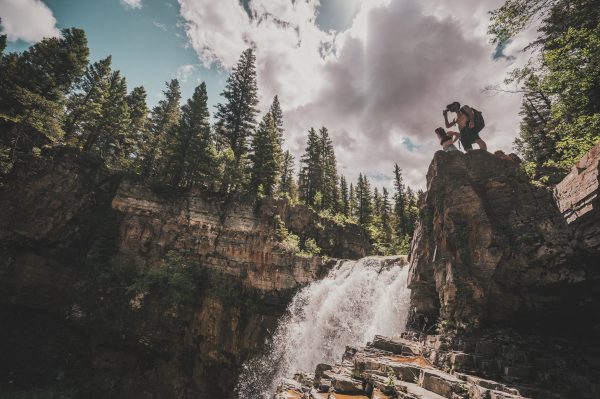
“Make goosebumps last as long as you can, and take advantage of cheap thrills” is something you mentioned your dad would say and advice you found yourself following in your adventures. What are some of your most memorable “cheap thrills?”
Well, I grew up on a ranch in Montana and we didn’t have a lot of money to buy stuff so we quite literally had to find these cheap thrills. I remember my brothers and I sledding down dirt hills with no snow on the ground with motorcycle helmets on. Another good one is it was always windy where I grew up and one time my dad made a sail out of tarp then built this sled out of skis. He brought us out on this frozen lake and just let us loose. It’s the little things like that.
One person that you admire that’s putting a little good in this world we should follow?
One person that really pops into my head is Sasha Turrentine. She’s a photographer based out of New York. When all the craziness happened in March, her dad passed away and was a huge influence on Sasha. Since then, she has been raising tons of money for equal rights groups and the fires happening out west by selling her prints and making frames. She said her form of grieving is “trying to help people”. I thought it was very powerful seeing what she has dealt with and turning that pain into something positive.

